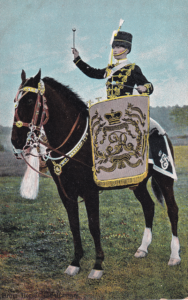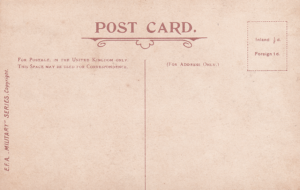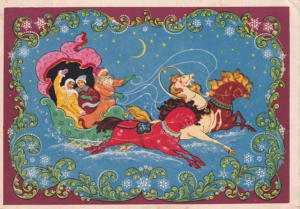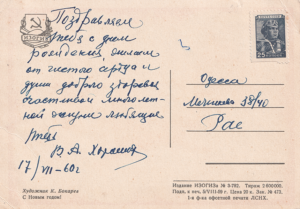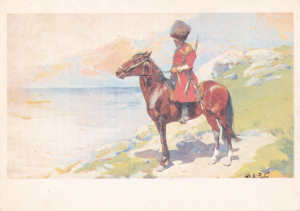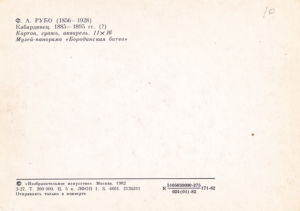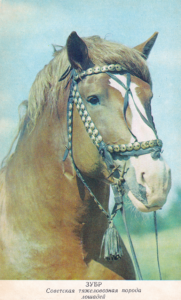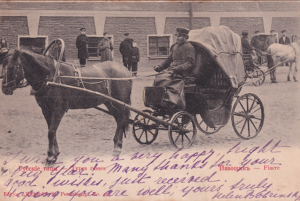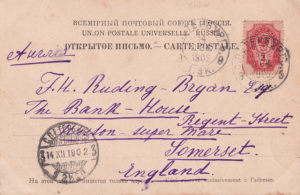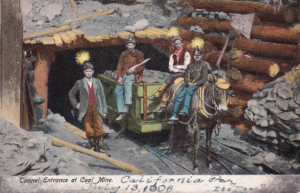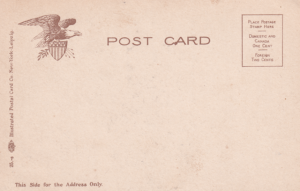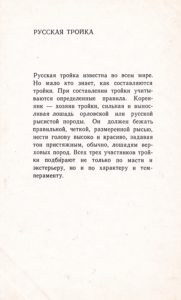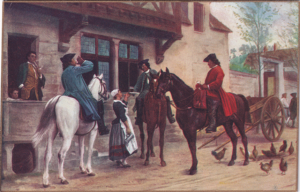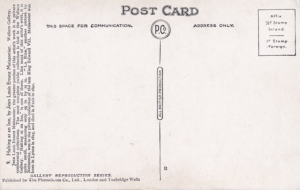The role of Cossacks in Russia in 1905.
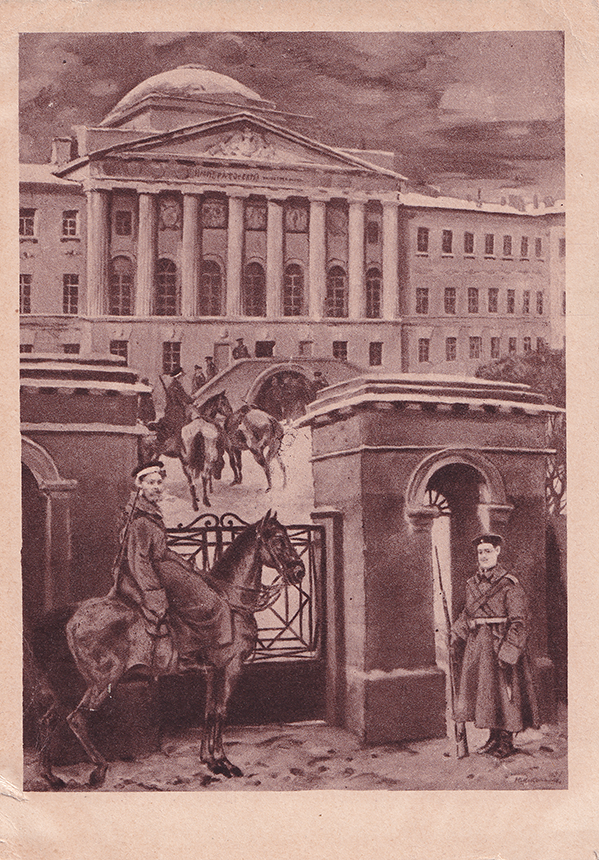
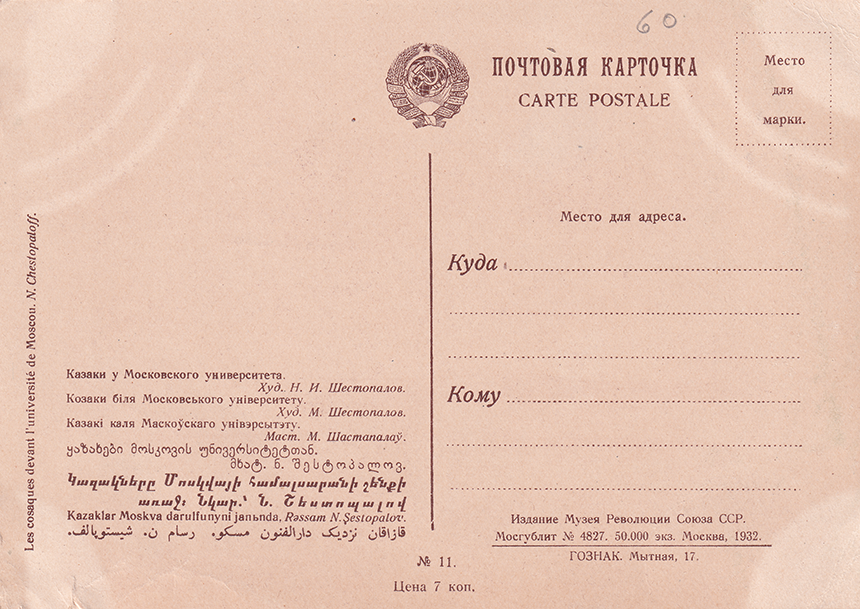
Reverse side of the postcard.
More information
The role of Cossacks in Russia in 1905.
Treated as a separate and elite community by the Tsar, the Cossacks rewarded his government with strong loyalty. His administration frequently used Cossack units to suppress domestic disorder, especially during the Russian Revolution of 1905. The Imperial Government depended heavily on the perceived reliability of the Cossacks. By the early 20th century, their decentralized communities and semi-feudal military service were coming to be seen as obsolete.
The Russian Army Command, which had worked to professionalize its forces, considered the Cossacks less well disciplined, trained, and mounted than the hussars, dragoons, and lancers of the regular cavalry.
In 1905, the Cossack hosts experienced deep mobilization of their menfolk amid the fighting of the Russo-Japanese War in Manchuria and the outbreak of revolution within the Russian Empire. Like other peoples of the empire, some Cossack stanitsas voiced grievances against the regime by defying mobilization orders, or by making relatively liberal political demands. But these infractions were eclipsed by the prominent role of Cossack detachments in stampeding demonstrators and restoring order in the countryside. Subsequently, the wider population viewed the Cossacks as instruments of reaction.
Tsar Nicholas II reinforced this concept by issuing new charters, medals, and bonuses to Cossack units in recognition for their performance during the Revolution of 1905.
The Cossack qualities of initiative and rough-riding skills were not always fully appreciated. As a result, Cossack units were frequently broken up into small detachments for use as scouts, messengers, or picturesque escorts.
Object data
Title
The role of Cossacks in Russia in 1905.
Artist
M. Shetopalov.
Founder
Publication of the Museum of the Revolution of the Soviet Union.
Date
1932.
Culture
Russia.
Classification
Postcard.

